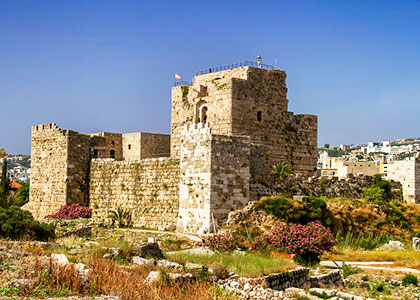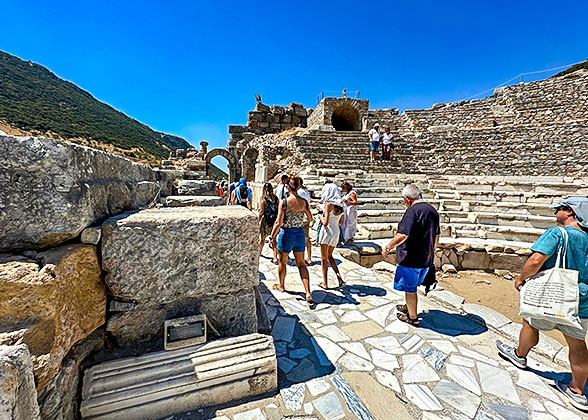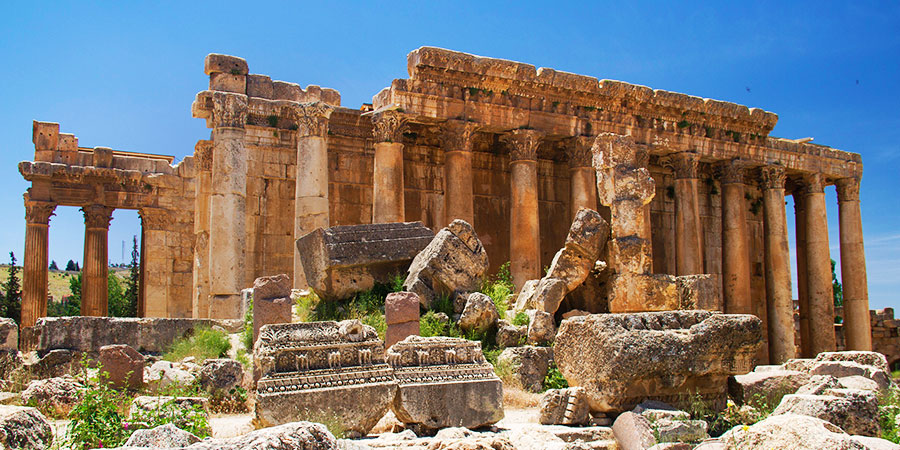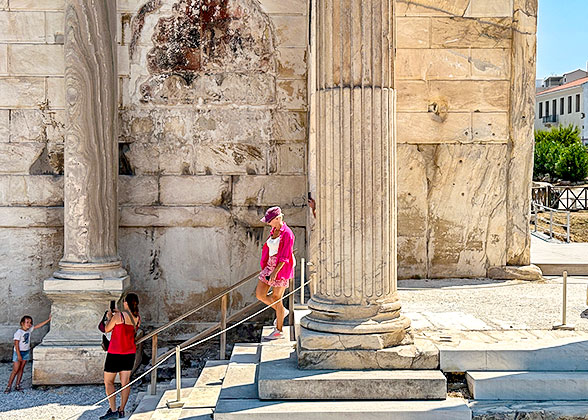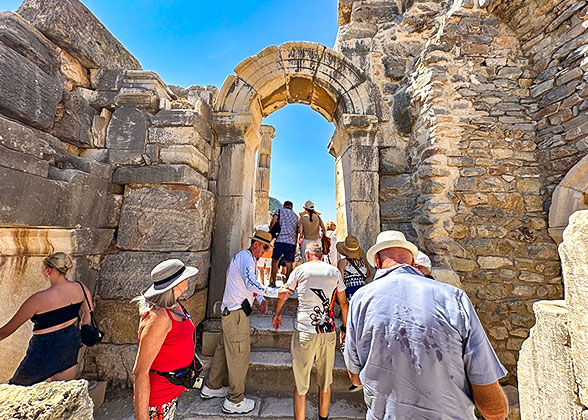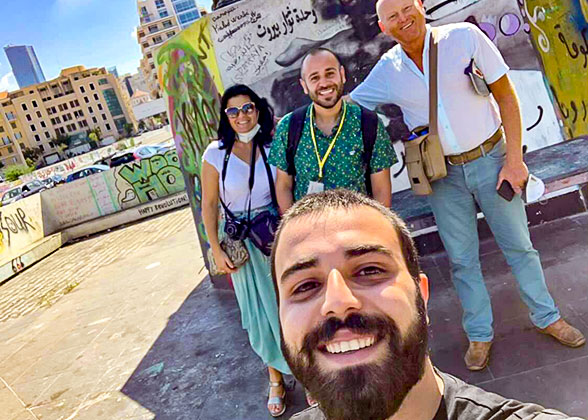Our guide will wait for you in the lobby after breakfast. We'll arrive in the World Heritage site
Anjar in 1.5 hours' driving this morning. Built in the 8th century, Anjar used to be a prosperous city with grand palaces, mosques and public baths, and its main street was once flanked by over 600 stores. Here, our guide will show you the well-protected
Umayyad Ruins. From the fortified walls and stone columns, you can still feel Anjar's ancient glory.
Later, we'll proceed to the
Baalbek Temple Complex, another World Heritage site of Lebanon, and the largest and best-preserved ancient Roman remains in the world. Here we'll visit the three temples dedicated to Jupiter, Bacchus and Venus respectively. On the way back to Beirut, we’ll offer you a rare chance to visit the famous
Chateau Ksara and taste the best local wine there, which marks a perfect end of the day.
★ Secret of Baalbek Trilithon: Can’t Be Moved By Modern TechnologyThe great Roman temples in Baalbek were constructed on giant foundation stones, which are considered the ancient Phoenician remains. It’s said that there was a great Phoenician temple before Romans conquered the city. However, the rocks are astonishingly giant, weighing hundreds of tons. The largest Trilithon stone in Baalbek measures 21.3 m (69.9 ft) long, 3.04 m (10 ft) wide, 4.62 m (15.2 ft) high, and weighs 1,240 tons. How did the Phoenicians move these rocks here and build their temple with the huge things around 4,000 years ago?
Now, the state-of-the-art machinery is used to move and transport large rocks. The Belaz-75710 is currently the largest heavy truck with a capacity of 450 to 500 tons. As you can see, the Baalbek Trilithon can’t be moved using this truck. It's hard to be moved, let alone lifted above the ground to build a temple. We may never know how the Phoenicians completed this structure in ancient times, but it is truly stunning!
Meals: Breakfast, Lunch

